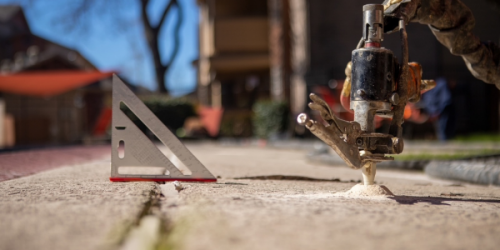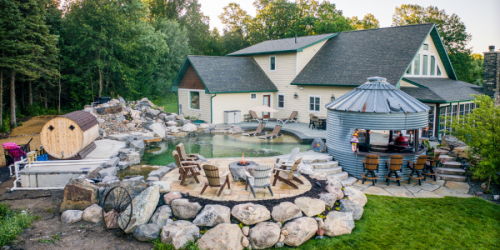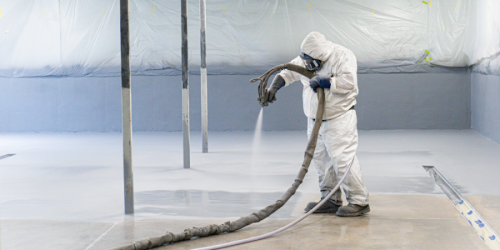Q&A Forums
How cold is to cold? Post New Topic | Post Reply
| Author | Comments |
|---|---|
|
Posted: Dec 28, 2009 11:38 AM
|
How cold is to cold?
Hi MasonWe are fortunately blessed with work right now, but have been running into trouble with the weather and temperatures. How cold is to cold to apply spray foam roofing? SPFA call for 50 degrees and rising; however, there is not a lot of difference between 48 and 52 degrees when you get down to it. At what point should I tell my customers, "Hey, we need to wait till things warm up a little before spraying!" I use to spray smaller roofs with an E-20 and never had issues keeping my material warm enough. Now that we are using a Gama 250, we can spray a set in 20-30 minutes, which makes warming up sets in advance a lot tougher. Just trying to avoid problems if possible! What's your advice? |
|
mason
Posted: Dec 28, 2009 12:00 PM
|
There are a variety of issues when dealing with cold weather spraying. 1. Temperature of the liquid materials. As you have noticed, the larger the volume of material and the faster the flow, the harder it is to maintain proper heat. Your preheaters have an ability to heat the material under flow conditions to a specific amount. (called the delta T). This can be anywhere from 30 to 50 degrees F. So if you are spraying wide open, the preheaters will have a harder time keeping up. If you are having a difficult time keeping the temperature, you will have to store the material at a higher temperature, or you can reduce the flow (by using a smaller mixing chamber or nozzle) or get higher rated heaters. 2. Substrate temperature: If the substrate is too cold, the foam doesn't rise well and will be a higher density. You might have adhesion issues as well. This will affect the overall yield as well. In roofing applications, try using a dark colored primer before spraying the foam. This can increase the substrate temeperature 20 to 40 degrees on a sunny day. I have seen 40 degree substrates on a sunny day increase to over 70 degrees by using a dark colored primer. If the substrate is inside, you can use space heaters to increase the substrate temperature. (be sure to follow all safety precautions when using space heaters to minimize the potential for fires and to keep the indoor air safe to breath.) 3. Ambient temperature: Even if you can get the foam to spray by increasing the liquid temperature and substrate temperature, you might not get the coating to cure properly. Most acrylic coatings will not cure in temperatures under 50 degrees. Silicone and urethane coatings may go down to 40 degrees. If the average temperature throughout the day ranges between 45 to 55 degrees F, I would hesistate to use an acrylic coating unless it is a special cold weather formula. In these cases, get your suppliers recommendations in writing and keep good records of the conditions. Remember also that higher humidity also negatively affects the cure of most coatings (exception, moisture cured coatings) Hope this helps. |
|
Posted: Dec 28, 2009 12:43 PM
|
Very Helpful! Thank you Mason. Steve |





























